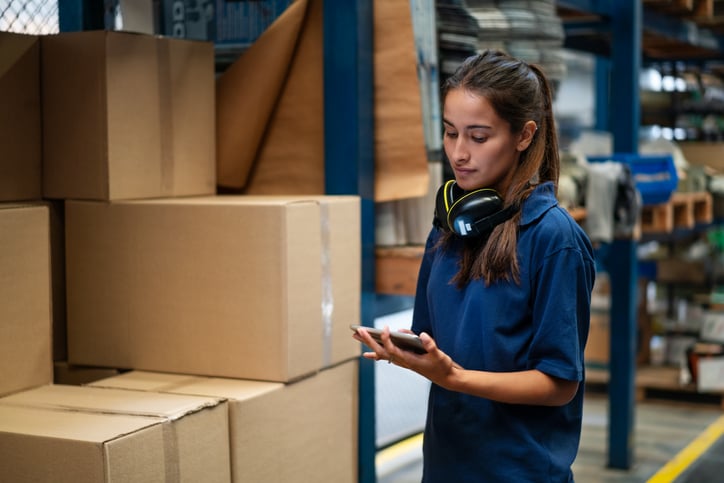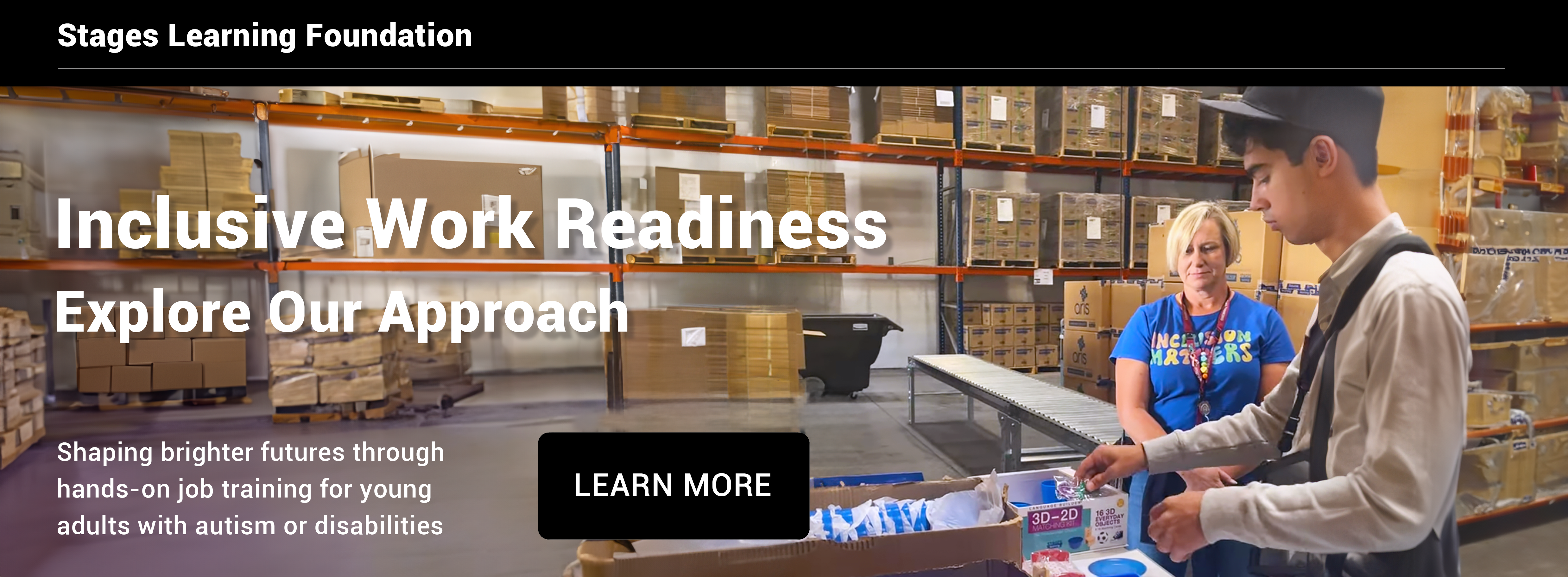How to Create Effective Transition Service IEPs for Students with Autism
A Guide for Schools on the IDEA and Rehabilitation Act Requirements
Under the Individuals with Disabilities Education Act (IDEA), children with autism spectrum disorders are eligible to receive an individualized education plan (IEP) throughout their education from 3 to 21 years of age. As children age, the IEP is meant to age with them, reflecting the child’s development and their current needs and goals.
When a student nears graduation, it is important for the IEP to adapt to reflect a student’s needs for transition to adulthood and post-secondary goals. In fact, IDEA dictates that by age 16 a student’s IEP is legally required to include both post-secondary goals and an actionable description of the services required to enact those goals.
Unfortunately, few transition-aged IEPs include sufficient goals for transition, many do not include crucial elements that are vital for a successful transition, and often goals are not written in ways that increase the likelihood of their being reached.
The suggestions below are meant to guide the creation of an IEP that will set a student up for success throughout their transition to adulthood.
What are the Essential Pieces of the IEP?
It is important that the IEP for a transition-age student with ASD addresses all of the areas that may be challenging during the transition so that goals can be established for each area.
1. Social skills:
Although social skills are often a neglected area for transition IEPs, they are nevertheless very important to include. Social skills needed to navigate adulthood differ drastically from those required to navigate childhood, and students will need guidance and practice with these social skills (e.g., interacting with colleagues vs. friends, dating) to transition smoothly.
2. Learning/ work behavior skills:
Regardless of whether the student plans to pursue immediate employment or post-secondary education, there are skills required for both that differ from the traditional secondary education environment. Managing tasks is handled much more independently, requiring skills for self-monitoring and task management.
3. Communication skills:
The student with ASD may have had different supports for communication written into their IEP throughout their academic career. However, the communication skills required to transition to adulthood differ drastically from those required to be a student.
If the student plans to live on their own after graduation, how will they communicate about disputes with neighbors or landlords? How will they get help or support when something goes wrong with their vehicle or transportation? These skills are necessary for successful independent living and working, so it is important that similar goals for communication are included in the transition IEP.
4. Adaptive skills:
Although adaptive skills may have been a focus of attention and even intervention throughout the student’s tenure, different adaptive skills are required for adulthood. For example, students may never have cooked for themselves, completed their own laundry, or budgeted their money for the month based on necessities like food and utilities.
Although often neglected in an IEP due to their tangential relationship to academics, successfully navigating such tasks is necessary for students to be able to attend class or work at all (e.g., if the student never does their laundry, it will be hard to keep a job). IEP goals can include skills for renting or owning a home (e.g., preparing meals, getting repairs when needed, budgeting), accessing transportation, and understanding laws and politics (e.g., how to vote).

Is there a Checklist for Creating a Comprehensive IEP for Transition Services?
Due to the wide variability in the inclusion of post-secondary goals in student IEPs despite the legal requirement for their inclusion, the National Secondary Transition Technical Assistance Center (NSTTAC) established a checklist for the development of more thorough transition IEPs:
- The IEP needs to include measurable post-secondary goals
- Postsecondary goals need to be updated annually
- Goals need to be based on age-appropriate transition assessments
- Transition services in the IEP need to be those that will enable the student to meet their postsecondary goals
- Transition services need to include courses of study that will support postsecondary goals
- Annual goals need to be related to the student’s need for transition services
- The student needs to be invited to the IEP team meeting where transition services are discussed
- When appropriate and with the consent of the parent and student, a representative of participating agencies should be invited to the IEP team meeting
Where are Schools Dropping the Ball in Designing a Transition IEP?
Despite guidance from several organizations about the best ways to design a transition IEP, there are several consistent ways that IEPs for students fail to meet postsecondary needs.
1. Lack of clear measurable postsecondary goals
Many transition IEPs lack clearly measurable postsecondary goals. Although some of these may include language about transition or postsecondary plans, often these goals are not measurable, and so are often not satisfactorily enacted.
2. Postsecondary goals do not align with annual goals
When postsecondary goals are present in an IEP, they are often not aligned with the annual goals. This creates a situation in which the IEP appears to support the postsecondary goals, but in practice, none of the goals that have implementation plans and connected services are helping the student to work toward their overall goals for postsecondary work and/or education.

3. No independent living skills goals
Although independent living skills greatly impact other academic and vocational skills, independent living skills are often left out of the IEP goals, thus setting the student up for difficulties transitioning to adulthood.
4. No clear social skills goals
Transition IEPs are less likely to include goals directly related to social skills (and more likely to include goals related to employment), although social skills are inextricably linked with the other important areas of postsecondary successful development, including employment and postsecondary education. Neglecting to include goals specifically related to social skills increases the chances that certain areas of postsecondary life that contribute to well-being (e.g., dating, adult friendships, and relationships) will be more challenging.
5. Late transition planning
Transition planning occurs too late to be helpful. Early in the IEP process, even before transition goals are legally required to be included in the IEP (i.e., age 16), the whole IEP team should have postsecondary goals in mind, and consider together how and whether the current measurable goals are helping to set the child up for success during their transition to adulthood. Keeping an eye on these postsecondary goals will ensure that the child is being gradually prepared for the transition rather than being expected to learn all of their postsecondary skills from ages 16 to 21.
While not an easy process, carefully reviewing the essential pieces, better understanding the legal requirements, and knowing where some schools are falling short of successful implementation can aid schools in effectively designing transition service IEPs for students with autism.

We hope you enjoyed the information in this article. STAGES® Learning also offers free downloadable resources to support teaching and learning with individuals with autism. Start with our free Picture Noun Cards and see our collection of other downloadable resources here!
This article was based, in part, on:
Autism and Education by Kathleen Flannery and Robert Wisner-Carlson from the Child and Adolescent Psychiatric Clinics of North America journal
Individualized education program quality for transition-age students with autism by Jordan Findley, Lisa Ruble, and John McGrew from the Journal of Research in Autism Spectrum Disorders
A Brief Overview of special education law with a focus on autism by Rutherford Turnbull III, Brenna Wilcox, and Matthew Stowe from the Journal of Autism and Developmental Disorders
For additional information please see:
National Secondary Transition Technical Assistance Center Indicator 13 checklist
The State of New Hampshire has some good examples of transition IEPs

Abby Peskin
Dr. Abby Peskin is a child psychologist from Miami, with a training emphasis in the treatment of disruptive behavior disorders in young children, focusing on intervention and assessment for Autism Spectrum Disorder. Her clinical background consists of specialized training in the diagnosis and treatment of both Autism and anxiety, including group, individual, and school-based treatment. She was drawn to child psychology because she genuinely loves working with children, and nothing delights her more than watching parents and their children get closer, watching their relationship get less stressful, and seeing parents increase their confidence and realize what amazing parents they can be.





